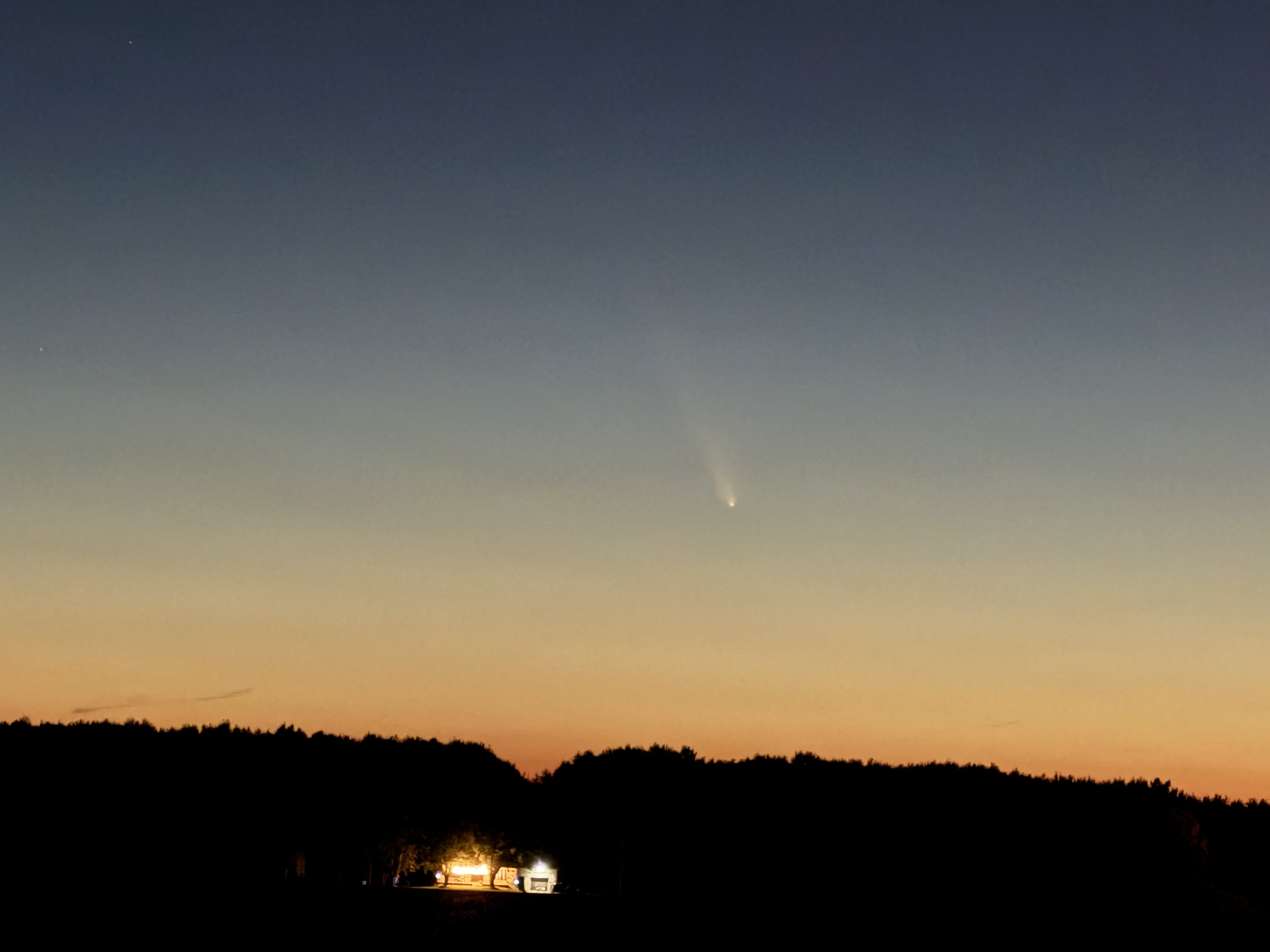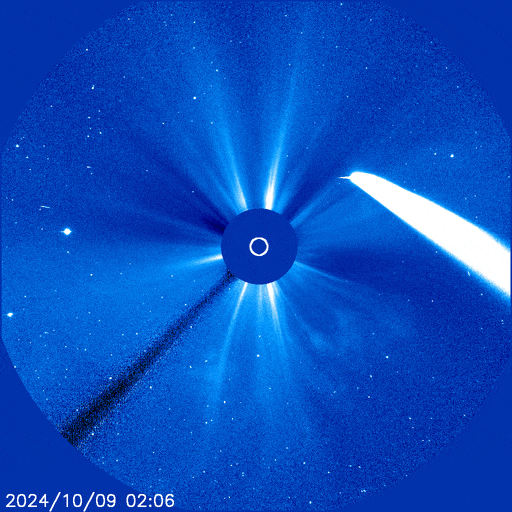Space
9247 readers
692 users here now
Share & discuss informative content on: Astrophysics, Cosmology, Space Exploration, Planetary Science and Astrobiology.
Rules
- Be respectful and inclusive.
- No harassment, hate speech, or trolling.
- Engage in constructive discussions.
- Share relevant content.
- Follow guidelines and moderators' instructions.
- Use appropriate language and tone.
- Report violations.
- Foster a continuous learning environment.
Picture of the Day
 The Busy Center of the Lagoon Nebula
The Busy Center of the Lagoon Nebula
Related Communities
🔭 Science
- [email protected]
- [email protected]
- [email protected]
- [email protected]
- [email protected]
- [email protected]
- [email protected]
- [email protected]
- [email protected]
🚀 Engineering
🌌 Art and Photography
Other Cool Links
founded 2 years ago
MODERATORS
126
127
128
129
103
4,300 tonnes of space junk and rising: another satellite breakup adds to orbital debris woes.
(theconversation.com)
130
131
132
133
134
135
136
137
139
140
141
142
143
19
Scientists use data from BepiColombo flyby to discover features within Mercury's magnetosphere - NASASpaceFlight.com
(www.nasaspaceflight.com)
144
128
COVID-19 Lockdown May Have Affected The Surface Of The Moon, NASA Data Shows
(www.iflscience.com)
145
146
147
148
149
150
95
Dark Matter Black Holes Could Fly through the Solar System Once a Decade
(www.scientificamerican.com)




